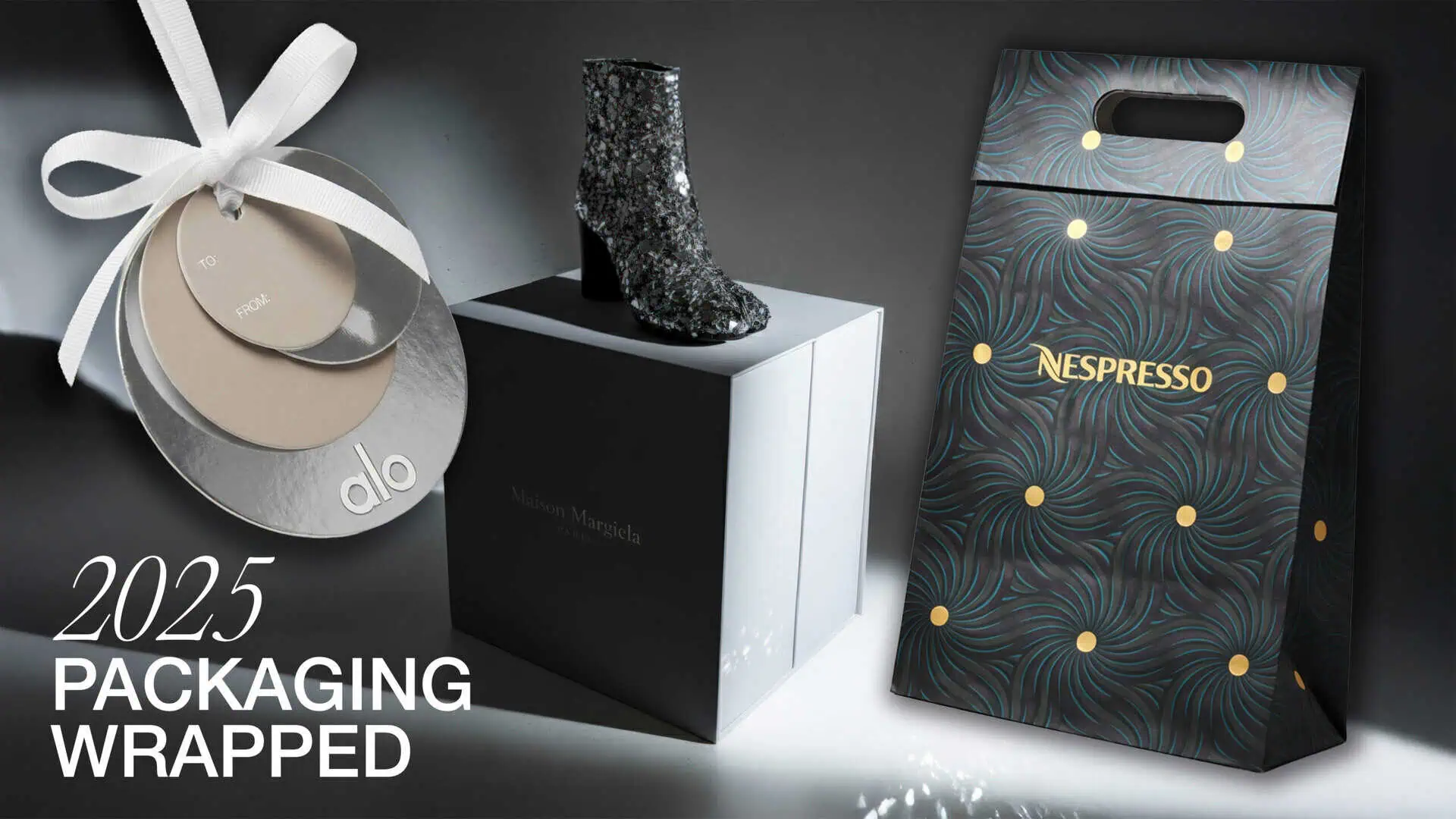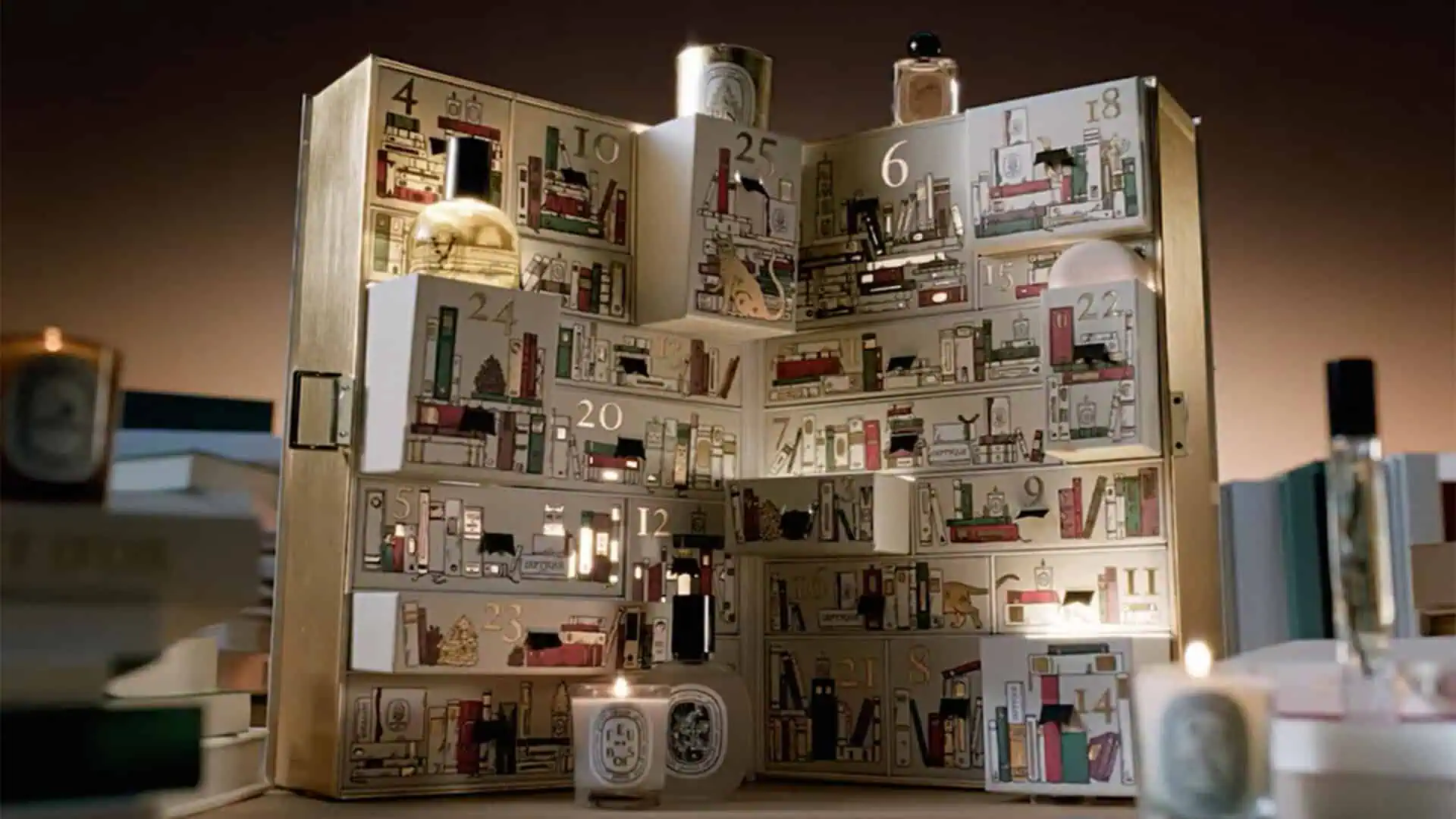Author
Production Director
Published
September 1st, 2020
Length
16 Minutes
Why is it so essential to understand how to design packaging for luxury in 2020? With so many brands filing Chapter 11 every month, we can safely say it isn’t due to any of their packaging. Yet knowing how to design luxury packaging may be the lifeline you need to keep your brand top of mind.
First. Let’s understand what packaging is and does. We know when we design packaging, it’s to protect the product during transport from manufacturers to warehouses to distribution centers, it also protects e-commerce and DTC products. Knowing how to design packaging to safely move goods from point A to point B is usually handled by packaging engineers that can determine impact zones, air cushions, and material stacking strength.
Properly engineered transit packaging can also deliver cost savings to the bottom line by reducing material, storage space, and damage rates. Designing packaging for palletization and maximizing container loads can also reduce costs in transit, which directly impacts your COGs.
Then there is the type of packaging that creates an emotional connection through sensory cues, bespoke materials, and strategic designs. This is the packaging design that wins the glamorous awards like Pentawards, The Dieline, or The One Show. Because even though there are awards for packaging that can survive massive impacts, nobody is showing up to receive those in a tuxedo anytime soon.
This awe-inspiring packaging is what we’re talking about, the type of packaging that becomes a physical representation of the brand in the hands of the consumer. On the flip side, bad packaging is sometimes even more memorable than creative packaging because humans tend to notice the negative more than the positive. Even more to consider is that the older we get, the more we notice the positive as we live in the present, yet those consumers in the 20-30 age range take notice of the negative faster and are the same demographic using social media more frequently, and making eCommerce purchases. To be clear, eCommerce packaging matters. A lot.
Understanding these key concepts are a frame of reference for the decisions you’ll make when designing luxury packaging.
Step 1: Design Packaging Strategically
Most established brands have a brand strategy in place that outlines the brand’s pillars, what it stands for, who it serves, and so much more. If you’re just starting and don’t have this laid out, I suggest you watch the team @ TheFutur share what a strategy building session may look like. Every strategy is different, but this is a good starting point.
Once you know what your packaging is saying (who you are), who you’re saying it to (who they are), and what resonates with that audience (what they want), you’re able to begin crafting your packaging. A well planned out strategy will make edits and decision-making easier, it also allows internal brand conversations to be objective instead of subjective.
How to design luxury packaging begins by understanding that luxury in and of itself can also be subjective. What is a luxury to you may not be luxury to someone else, design accordingly.
Step 2: Design Packaging for the Product
Packaging is an extension of product design, therefore it only makes sense that to design packaging for a product or service you must understand the product or service related to your strategy.
In this article, we will focus on luxury retail packaging for a fashion brand to make the process clear.
Retail packaging consists of retail paper bags, rigid boxes, tissues, ribbons, hang tags, receipt holders, and a complete eCommerce packaging program. Knowing the products in luxury fashion, you can use this list of packaging as a starting point for design. Since we are designing packaging for fashion we need to understand the size variations across all SKUs to determine the appropriate sizes of bags and boxes. The goal of step 2 is to understand the capacity requirements of the product to determine the appropriate bag and box sizes.
Armed with dimensions for bags and boxes, you are ready to determine lengths and sizes of tissues and ribbons, garment bags, and dust bags. Everything ladders up to a well thought out packaging system that is efficient for the brand and memorable for the consumer.
Step 3: Design Packaging with Materials in Mind
Luxury packaging has a sensual quality to it, you want to touch and feel it.
Selecting materials for luxury retail packaging begins with hand-feel and how light reflects off of the material. Uncoated papers absorb light which, gives you a natural feel and an even color. Coated paper reflects the light creating hotspots of light and reflecting colors in its environment. Either can be found in luxury packaging make the choice based on your strategic goals.
Sustainability is a major-major topic for brands of all sizes. When you’re deciding on papers and materials, this is the time to begin looking at PCW content, recycled content, and/or FSC papers. Many paper mills are beginning to find unique sources for their raw materials giving you an added level of telling your sustainability story. James Cropper, for instance, has found a way to recycle coffee cups to create their line of luxury packaging papers Rydal using Cupcycling.
Handles or ribbons come in many different stock weights, weaves, and finishes. Select the appropriate ribbon or handle finish to contrast the papers by sight and feel. A heavier weave where you can see the threads may reflect a more masculine brand, refined linens or heavy gauge satins can communicate a feminine touch.
Luxury paper bags require a stock of paper with deeper audible tones that come from heavier stock. The lighter the paper stock, the higher the pitch delivered, which can feel cheap and inexpensive, not what you want for luxury. Make sure you listen to your paper and hear what it tells you about the brand, as with every step in this article, confirm that it aligns with your strategy.
Boxes are made of board wrapped in paper, when you design packaging for luxury, it is your responsibility to select the board as well as the paper wrap to control the complete consumer experience. Design based on the strategy, your packaging manufacturer’s job is to help you find the balance between finance and creative.
Share your strategy and contact your local paper rep or packaging showroom to request samples of materials that they feel can help you achieve your desired experience.
Step 4: Visual Design
Yes, once you’ve considered everything about your packaging, it’s time to consider visual design application. For retail packaging, there are many types of box constructions, but they all revolve around three main ideas.
– A two-piece box is a base and a lid that separates when you lift the lid to reveal a product inside.
– A hinged lid box is a tray with a lid that folds back and away from the consumer to reveal the product inside.
– Drawer box, this style of box is exactly as it sounds. A tray that is pulled out of a sleeve-like a drawer to reveal the product inside.
These three concepts can be adjusted to create many more unboxing experiences, but they all revolve around the same concepts. Having the appropriate sizes, you need you can decide which box interaction will resonate with your consumer-based as outlined in your strategy. Based on the box sizes and construction, you can layout the main face of your box and bag program in many ways.
You can sketch the length and width dimensions on paper, use software like Adobe illustrator, Esko, or SolidWorks it’s up to you and what you have available. You may even be able to lay it out in PowerPoint, it’s not recommend as the files won’t translate to production, but in a pinch, it may get you what you need for a quick proof of concept. Don’t get hung up on not having the latest and greatest software, computers are just a tool to communicate what’s in your mind.
Every brand has a different logo, tagline, and marketing message, so based on your brand’s assets, you will need to determine the size and position of the logo on retail bags and gift boxes. If you’ve never designed packaging, it’s always useful to look at what other people are doing. Identify what is working for them and what may or may not work for you. Test your ideas.
A great starting point is to look at what the big three are doing.
Chanel Packaging:
White matte retail bags and boxes with black logos centered vertically and horizontally. Chanel also offers a black program with white logos in essentially the same design.
Louis Vuitton Packaging:
Mustard paper with a vibrant blue contrast colored handle and the black logo centered vertically and horizontally.
Burberry Packaging:
Textured uncoated brown paper with an exact match brown angle cut ribbon and black foil logo centered horizontally and raised 1/3 the height of the packaging vertically.
Many luxury brands allow their logos to be the focal point by contrasting it against large fields of matte-finished papers. They also create a tactile interaction between handles, paper stocks, and how the logo is applied to their packaging by either embossing, foil stamping, or silk screening.
It’s just as important to recognize what you are seeing and what you are not seeing. You are not seeing wild combinations of colors and eccentric sizes and structural packaging. Luxury is reserved and concise. What you don’t say with the latest packaging structures and print processes you say with quality materials and detailed manufacturing.
Step 5: Design Packaging for Luxury Production
Once you design packaging and it’s approved, make it real. Choosing your packaging partner is just as critical as choosing the size of your logo. Transparency in the manufacturing process is necessary to make sure every detail of the packaging is being combed over, reviewed, and approved throughout the mass production process.
Pre-production samples are provided early in the production process to confirm all details like fit, function, material, and production quality. It’s also important at this stage to test your packaging samples with the product, test it at the cash wrap counter to make sure it works with your staff, your behind the counter storage, and even test it with consumers.
Design aspects you want to be critical of include depth of embossing or deboss, cracking of paper around scores or folds, rubbing of color, and art alignment. Having a guaranteed quality control and quality assurance program in place with your manufacturer will save you time and money.
Choosing a factory-direct packaging partner allows you on-the-floor factory access to your production. Working with International Direct Packaging guarantees a 100% QC/QA process, which means that every item is reviewed and approved before being packed in master cartons with team leader documentation for every order.
Packaging design and engineering if a huge undertaking, more than we can cover in 5 steps. But these 5 steps are a great starting point for anyone wanting to begin to understand what it takes to design luxury retail packaging.
As a buyer of packaging, you know it’s not always about the lowest cost, but about the right partner. Understanding how to design luxury packaging can prepare you to ask the right questions and create packaging that means business.
At IDP, we know it takes a lot to design packaging and manufacture packaging so, schedule a consultation to learn more about our complete design and manufacturing process.


